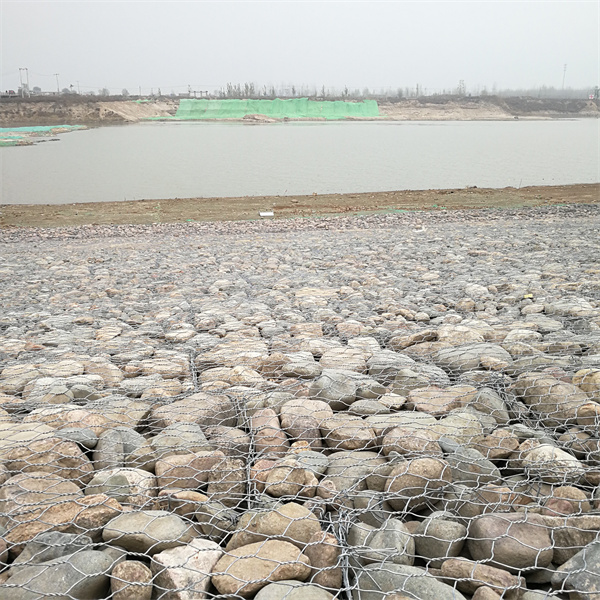Okt . 10, 2024 05:25 Back to list
Optimal Specifications for Durable and Effective Gabion Wall Construction
Understanding High-Quality Gabion Wall Sizes A Comprehensive Guide
Gabion walls have gained significant popularity in construction and landscaping due to their versatility, strength, and aesthetic appeal. These structures are composed of wire mesh cages filled with stones or other materials and are commonly used for erosion control, slope stabilization, and decorative features. When considering building a gabion wall, understanding the sizes available can greatly influence both its functionality and visual impact.
What are Gabion Walls?
Gabion walls are a practical solution for various civil engineering and architectural challenges. They provide excellent drainage, reducing hydrostatic pressure behind the wall, and their fill materials can adapt to the surrounding environment. The mesh cages, typically made of galvanized steel or PVC-coated wire, can withstand harsh weather conditions, making gabion walls a long-lasting option for both residential and commercial projects.
Standard Sizes of Gabion Baskets
Gabion baskets come in various sizes, usually determined by the intended use and application
. The most common sizes include1. Standard Cube Sizes The typical cube sizes for gabion walls are 1m x 1m x 1m (3.3ft x 3.3ft x 3.3ft) and 2m x 1m x 1m (6.6ft x 3.3ft x 3.3ft). These sizes are ideal for small to medium-sized projects and can easily fit numerous locations. 2. Custom Dimensions For specific landscaping needs or engineering requirements, custom dimensions are often available. These can range from smaller baskets of 0.5m x 0.5m x 0.5m to larger configurations depending on site-specific requirements.
3. Height and Length Variations In some projects, height is crucial for retaining walls. Gabion walls can be structured to reach heights of 2m (6.6ft) or more, depending on the fill material's weight and stability. Length can also vary, with longer runs constructed using multiple baskets connected together.
high quality gabion wall sizes

Factors Affecting Gabion Wall Sizes
When determining the appropriate size for a gabion wall, several factors need to be taken into account
1. Purpose and Application The wall's intended function—whether for erosion control, as a retaining wall, or for decorative purposes—will dictate the size. For example, walls serving a structural function may need heavier and larger baskets, while decorative installations can utilize smaller sizes.
2. Site Conditions The landscape and soil conditions should be evaluated. Steeper slopes may require taller walls, while softer soil might necessitate a more extensive base for stability.
3. Aesthetic Considerations Gabion walls can be designed in various styles and sizes to complement the surrounding environment. Larger stones or varied heights can be employed to create visual interest.
4. Structural Regulations Local building codes and regulations may impose specific requirements regarding the height and strength of retaining structures. It’s essential to consult with a structural engineer or local authorities to ensure compliance.
Conclusion
In summary, understanding the sizes and specifications of high-quality gabion walls is vital for anyone considering their use in construction or landscaping projects. From standard sizes to customizable dimensions, these versatile structures can be tailored to meet various functional and aesthetic needs. By carefully assessing the purpose, site conditions, and regulatory requirements, you can effectively choose the right gabion wall size that aligns with your project goals, ensuring both durability and visual appeal. Whether you're aiming for a practical solution or an artistic expression, gabion walls offer an innovative approach to modern construction.
-
The Role of Galvanized Gabion Mesh in Riverbank Protection
NewsJun.26,2025
-
The Role of Gabion Basket Raised Bed in Sustainable Gardening
NewsJun.26,2025
-
Quality Assurance of Wire Mesh Gabion Baskets
NewsJun.26,2025
-
Installation Guide for Welded Gabion Box
NewsJun.26,2025
-
How to Choose the Right Gabion Box
NewsJun.26,2025
-
Different Types of Gabion Wire Mesh
NewsJun.26,2025
-
Why PVC Coated Gabion Mattress Is the Best Solution for Long-Term Erosion Control
NewsMay.23,2025






